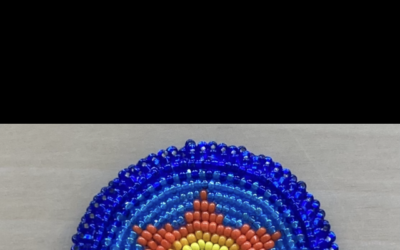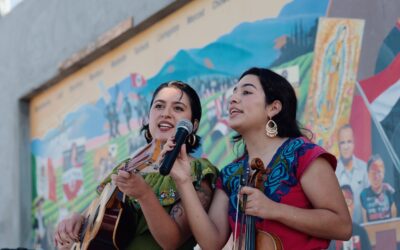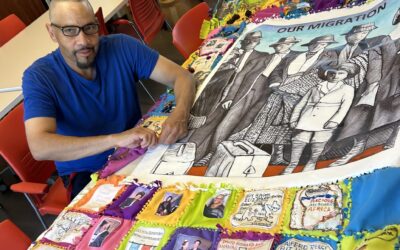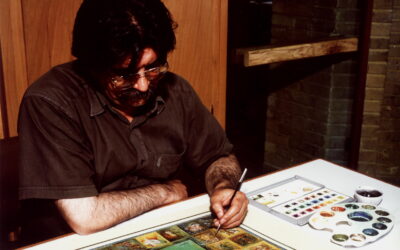Explore our index of nearly 600 artists and organizations funded through ACTA’s Apprenticeship and Living Cultures programs. Read about their work, view photos, video, and more.
Explore
Art Form
Profile Type
Region
County
General Culture
Specific Culture
Program
Filtered by:
Traditional beading and regalia making
Mexican Mariachi and Ranchera Music
Gujurati natural dyes, printmaking, and photography
Clown Dance/Clowning
Mixtec hand sewing and weaving
Music, Song and Dance of Badakshan
Singing, teaching and performing Punjabi women's Folk Songs
Yurok women’s regalia
Chef and Community Builder
African-American quilt-making
Kongolese Dance
Persian nail calligraphy









